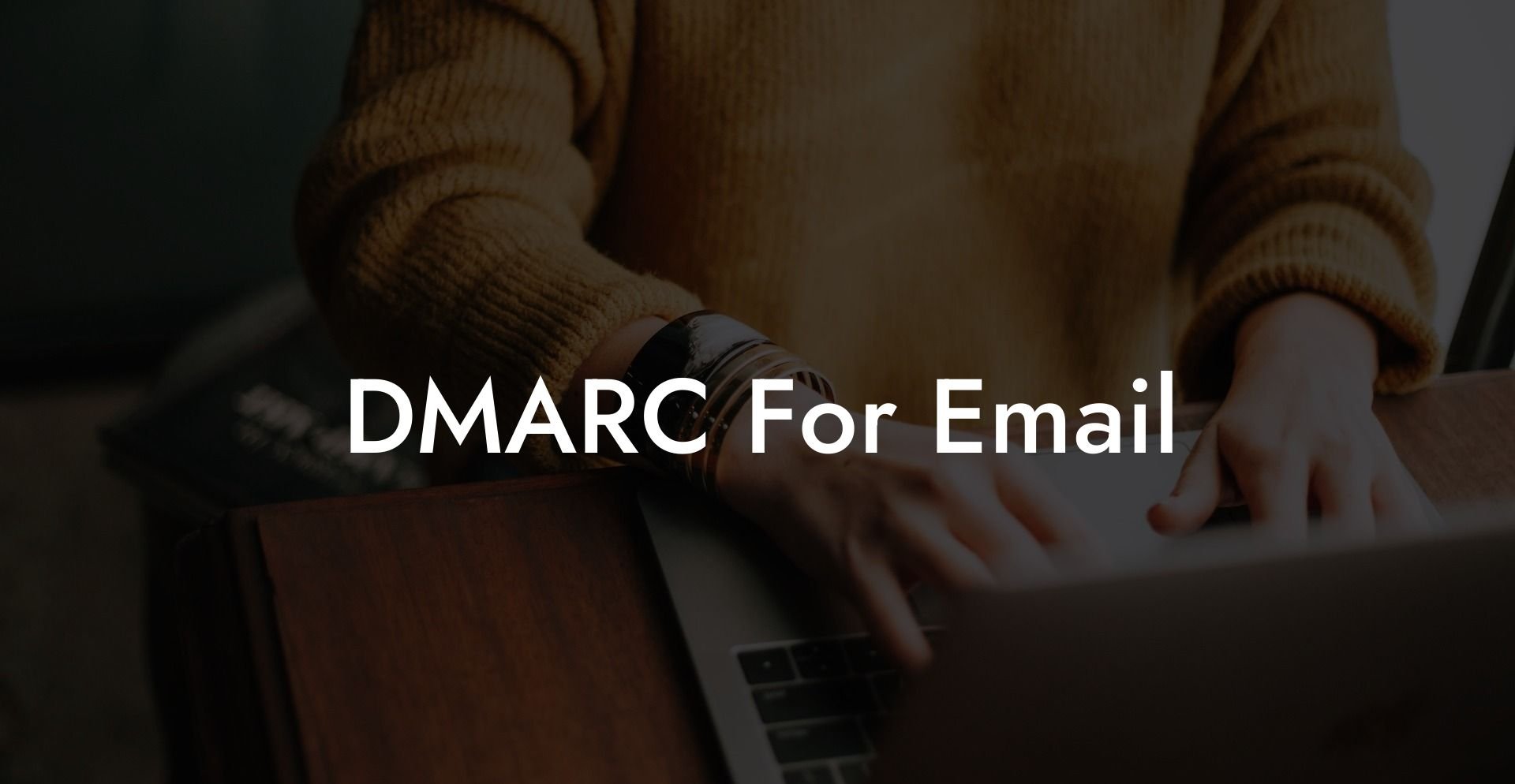In a world where phishing attacks are becoming increasingly sophisticated and prevalent, it's crucial to ensure that your business takes every precaution to protect itself and its user base. One such measure is the implementation of the Domain-based Message Authentication, Reporting, and Conformance policy, or better known as DMARC. In this article, we will delve into DMARC, its importance, and how it works to safeguard and authenticate email communications.
What is DMARC?
Domain-based Message Authentication, Reporting, and Conformance (DMARC) is an email validation system designed to protect email domains from being used by malicious actors in phishing and spam email campaigns. It is built on top of two existing authentication technologies – Sender Policy Framework (SPF), and DomainKeys Identified Mail (DKIM).
Protect Your Data Today With a Secure Password Manager. Our Top Password Managers:
DMARC helps email receivers determine whether an incoming email is authentic or not, by checking the alignment of the SPF and DKIM signatures with the 'From' domain. When a DMARC policy is in place, email receivers can then take specific actions based on the DMARC policy, such as rejecting or quarantining suspicious emails, while sending legitimate emails to the intended recipient.
Benefits of Implementing DMARC
- Improved Email Deliverability: By adopting DMARC, your organization can enhance its email reputation, resulting in better deliverability of legitimate emails and reduced chances of them landing in the spam folder.
- Protection Against Phishing: DMARC plays a vital role in preventing unauthorized use of your domain by nefarious actors, ensuring that phishing emails imitating your brand have a harder time reaching the inboxes of your user base.
- Visibility and Reporting: DMARC offers insights into who is sending emails from your domain, enabling you to monitor illegitimate email activity and take appropriate action.
Implementing DMARC for Your Domain
Implementing DMARC involves three key steps:
-
Create SPF Record and DKIM Keys
Ensure that both SPF and DKIM authentication are correctly set up and configured for your domain. The SPF record lists authorized IP addresses that can send emails on behalf of your domain, while DKIM uses cryptographic signatures to verify the legitimacy of the email sender.
-
Configure DMARC policy
DMARC utilizes DNS TXT record that contains various components, including the policy enforcement level ('p'), the subdomain policy ('sp'), and the email addresses to which reports should be sent. Creating a DMARC record involves generating a unique string specifying your desired policy settings and adding it to your domain's DNS configuration.
-
Monitor and Adjust
Once DMARC is in place, it's essential to continually monitor received reports to identify unauthorized email senders. You can use these insights to fine-tune your DMARC policy and ensure optimal email security for your domain.
DMARC For Email Example:
Let's consider an example. Company XYZ has implemented both SPF and DKIM, and wishes to enforce a DMARC policy. They create a DMARC record with the following components:
- 'v': DMARC version (always "DMARC1").
- 'p': Policy enforcement level, set to "quarantine" to send suspicious emails to the spam folder.
- 'sp': Subdomain policy, also set to "quarantine" to protect any subdomains that Company XYZ may have.
- 'rua': Reporting URI for aggregate reports, providing an email address where DMARC reports will be sent.
Once all the settings are in place, the DMARC record string looks like: "v=DMARC1; p=quarantine; sp=quarantine; rua=mailto:dmarc_reports@xyzcompany.com". This string is then added to their domain's DNS configuration as a TXT record.
If an unauthorized sender attempts to send an email spoofing Company XYZ's domain, the email receiver will check the DMARC policy. The inconsistency between the unauthorized sender's SPF and DKIM records will cause the email to land in the spam folder or be rejected altogether, effectively protecting the end-user from potential phishing attacks.
In conclusion, DMARC is a crucial component in safeguarding your organization's email security by preventing spoofing and phishing attacks. Implementing DMARC not only enhances the deliverability of legitimate emails but also contributes to building trust with your customers and user base. We hope this guide to DMARC has been enlightening, and we encourage you to explore other guides on Voice Phishing to strengthen your cybersecurity defenses. If this article has been helpful, we'd be grateful if you would consider sharing it with others who might benefit from this information.
Protect Your Data Today With a Secure Password Manager. Our Top Password Managers:















